Unlocking the Power of Visualizations: How to Use Diagrams and Drawings to Master Math Concepts

Math can be intimidating, right? It’s abstract, full of symbols and numbers that don’t always make sense at first glance. But there’s a way to make those tough concepts click: visualization. When you turn equations and problems into diagrams, drawings, or charts, they stop being distant, confusing ideas and start feeling more concrete—like something you can actually see and work with. Whether you’re a student trying to wrap your head around a tricky problem or a teacher looking for a new approach, visual tools can make math much more approachable. In this article, we’ll explore how visual aids can enhance your understanding and offer tips on how to use them effectively in your learning or teaching.

Why Visualizations Are Essential for Understanding Math
Humans are inherently visual learners. While numbers and formulas can appear dry and complex, converting those ideas into images helps our brain process and remember them more effectively. In fact, research suggests that 80% of people learn better with visuals compared to text alone, which is particularly true in a subject as abstract as mathematics.
Take, for example, the case of a classroom of fifth graders struggling to solve a math problem about photon energy. The abstract nature of the problem initially confused them, but when their teacher drew a simple diagram of how photons hit the Earth’s atmosphere, the solution suddenly became clear. This example illustrates how a well-placed visual can completely shift understanding, making even the most challenging problems feel accessible.
The Science Behind Visual Learning
Why is visual learning so effective? The brain processes images faster than text, and when students use diagrams and drawings, they engage areas of the brain responsible for spatial and visual thinking. This dual engagement not only helps learners comprehend concepts better but also improves long-term memory retention and problem-solving skills.
Visual learning doesn’t just benefit beginners. Engineers, scientists, and financial analysts all use visual aids to model problems and test solutions. If professionals rely on these tools, it’s clear that visualizations are crucial at all levels of understanding.
Tools to Support Visualization in Learning
In today’s digital world, several tools can support visualization efforts, helping learners create visual models that simplify complex problems. For example, tools like Microsoft OneNote and Google Jamboard allow users to draw diagrams during math sessions or group meetings. Additionally, voice-to-text tools like Bluedot’s Google Meet recording extension can record conversations, transcribe them, and summarize points, allowing students and teachers to later organize and visualize the key takeaways from a discussion. These digital tools are invaluable when used alongside traditional hand-drawn methods.
Other useful resources for visualization include:
- GeoGebra: An interactive app for geometry, algebra, and calculus that helps students visualize complex graphs and shapes.
- Desmos: A powerful online graphing calculator that turns equations into real-time graphs.
- Microsoft Whiteboard: A collaborative digital canvas where teachers and students can visualize math problems together in a live setting.
These tools work best when combined with hands-on techniques like drawing or sketching out problems on paper, as it provides an additional layer of mental processing.

The Best Types of Visualizations for Math Concepts
Not all visualizations are created equal. Different types of math problems call for different types of visuals, so choosing the right tool is critical for unlocking understanding. Here are some of the most effective methods for visualizing mathematical concepts:
1. Diagrams and Drawings
Basic sketches and diagrams help simplify abstract problems. For example, drawing triangles and breaking them down into their component angles makes it much easier to understand trigonometry. In algebra, visualizing functions on a coordinate plane allows learners to see how changes in equations affect their graphs.
2. Graphs and Charts
Graphs like bar charts, pie charts, and line graphs are powerful tools for visualizing numerical relationships. These are particularly useful in statistics and probability, where students can see how data sets behave or compare different outcomes side by side.
3. Geometric Models
When studying geometry or calculus, geometric models are an excellent way to visualize physical space and dimension. Using tools like 3D models or paper folding, students can better understand concepts like volume, surface area, and the behavior of shapes in different spaces.
4. Flowcharts and Concept Maps
These tools break down the steps involved in solving complex math problems. For instance, a flowchart showing the progression of steps in solving a quadratic equation helps students see where they are in the process and what they need to do next.
5. Number Lines and Tape Diagrams
In lower-level math, tools like number lines and tape diagrams can illustrate addition, subtraction, and multiplication visually. They are particularly helpful when introducing young learners to the idea of number sequences and fractions.
How to Effectively Use Visual Aids in Math Learning
Visual aids are only effective if used the right way. Below are a few strategies that can maximize their impact in the classroom or during study sessions:
1. Start with Simple Drawings
When faced with a complex problem, start by breaking it down into simple, visual steps. For example, when solving a word problem, sketch the situation. This simple act of drawing can clarify what the problem is asking and point students toward the solution.
2. Use Color to Differentiate Ideas
Colors can help differentiate different parts of a math problem. Use one color for variables, another for constants, and another for the solutions. This helps create a mental map of the problem and makes it easier to follow.
3. Incorporate Technology for Real-Time Visuals
As mentioned earlier, tools like Desmos and GeoGebra can provide real-time graphs and models that respond instantly to changes in variables. For instance, as you manipulate the equation of a line, you can watch how the graph adjusts in real time, offering deeper insight into how the algebraic and geometric representations connect.
4. Combine Visuals with Explanation
Visuals are powerful on their own, but combining them with verbal or written explanations enhances understanding. As a teacher or student, try explaining each step of a drawing or diagram. This dual approach strengthens the connection between the visual and the mathematical concept.
Practical Applications of Visualization in Mathematics
Beyond the classroom, visual tools have broad applications in many fields. Data analysts, for example, often rely on visualization tools like bar charts and heatmaps to simplify large datasets. These visualizations turn thousands of numbers into clear trends, making it easier for decision-makers to spot patterns and opportunities.
In engineering, architects use geometric models to visualize structures before building them. Even in fields like finance, visualizations like stock graphs and market trends help traders make decisions in real time. These real-world applications demonstrate the universal value of visualization, whether you’re solving for X in an algebra problem or projecting company profits.
A Step-by-Step Example of Visualization in Action
Let’s apply a simple visualization technique to a math problem:
Problem: Solve 3x−4=2x+5, x=?.
- Step 1: Draw a balance scale. Imagine a balance scale, with the left side representing 3x−4 and the right side representing 2x+5. This shows that both sides are currently balanced.
- Step 2: Get rid of the smaller x term. To make things simpler, subtract 2x from both sides. Now, your scale shows x−4 on the left and just 5 on the right.
- Step 3: Balance the numbers. Next, we need to eliminate the −4 on the left side to isolate x. Add 4 to both sides, and you get x=9.
This simple step-by-step visual really helps you see the equation’s progression, making it clear how each step brings you closer to the solution.
Final Words
Visualizations are a game-changer when it comes to learning and teaching math. Whether it’s through hand-drawn sketches, digital graphs, or dynamic online tools, transforming abstract math problems into visual representations enhances understanding and retention. By incorporating visual aids into everyday learning routines, students can move from confusion to clarity, mastering even the most challenging concepts with ease.
So, the next time you’re stuck on a math problem, remember: a picture is worth a thousand numbers.
Related to This Article
More math articles
- 10 Most Common ATI TEAS 7 Math Questions
- How to Select Procedures for Determining Limits?
- The Law of Sines
- How to Master Inductive Reasoning from Patterns
- How to Discover the Key to Math Mastery: “TABE Math for Beginners” Solution Manual Unveiled
- Full-Length 7th Grade IAR Math Practice Test
- Full-Length SAT Math Practice Test-Answers and Explanations
- Everything You Need to Know about Indeterminate and Undefined Limits
- The Ultimate TSI Math Formula Cheat Sheet
- 10 Most Common 7th Grade OST Math Questions
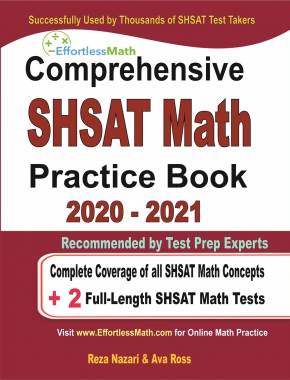

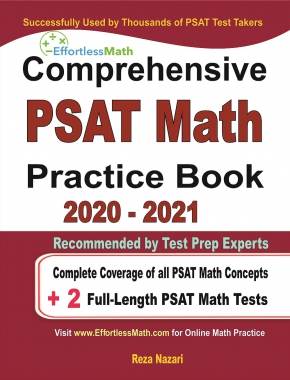



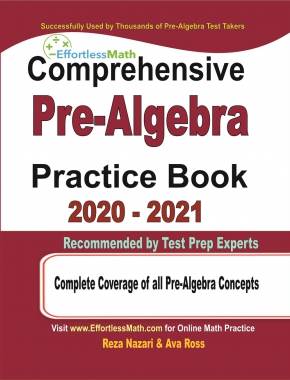
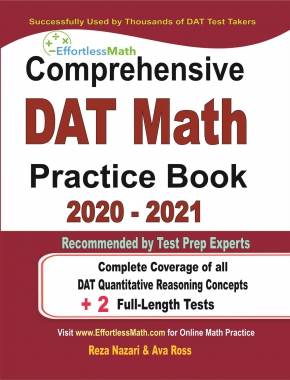
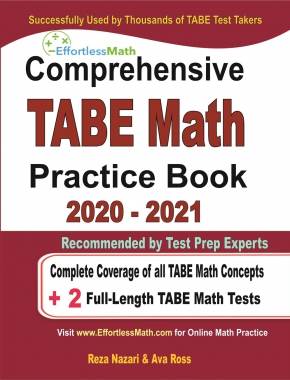









What people say about "Unlocking the Power of Visualizations: How to Use Diagrams and Drawings to Master Math Concepts - Effortless Math: We Help Students Learn to LOVE Mathematics"?
No one replied yet.